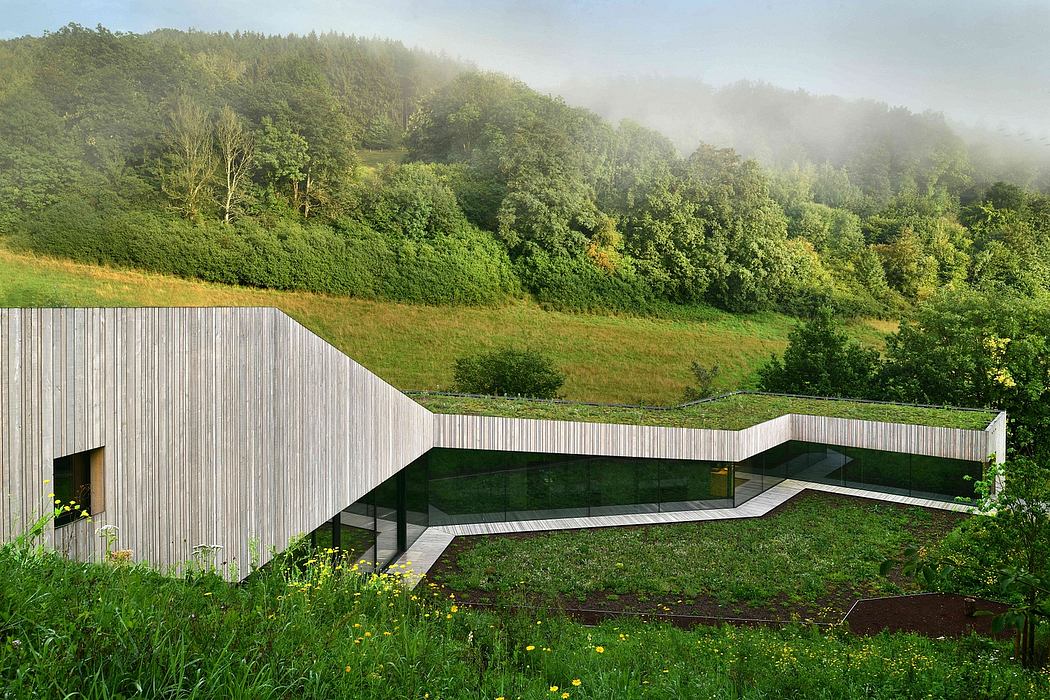The Roads of Ancient Rome: How Were They Built"

Rome planned and built a network of roads with technology and extent that no other civilization had ever done. Crossing the plains, overcoming the mountain ranges and mountains, rising on embankments or dismantling the rock as much as necessary to make their way to their destination.
The Roman roads reached an extension of 120,000 kilometers, spread over three continents. The equivalent of two trips around the world.
The road network helped develop Roman transposer technology and amazing details about the advanced design, functionality, and efficiency of Roman chariots.The Roman roads that connected their cities had a surface of gravel.
How Roman roads were made
Foundation soil ? depending on the terrain, builders either dug depressions on level ground or installed special supports in places where the soil subsided. The soil is then compacted and sometimes covered with sand or mortar to provide a stable footing for the multiple layers above. Statumen ? a layer that was laid on compacted foundation soil, consisting of large rough stone blocks. Cracks between the slabs would allow drainage to be carried through. The thickness of this layer ranged from 25 to 60 cm.
Rudus ? a 20-cm-thick layer consisting of crushed rock about 5 cm in diameter in cement mortar.
Nucleus ? a concrete base layer made of cement, sand and gravel, that was about 30 cm thick.
Summum dorsum ? the final layer consisting of large 15-cm-thick rock blocks. But more often fine sand, gravel, or...
Source:
themindcircle
URL:
http://themindcircle.com/category/architecture/
| -------------------------------- |
| PUNZONAMIENTO. Vocabulario arquitectónico. |
|
|












